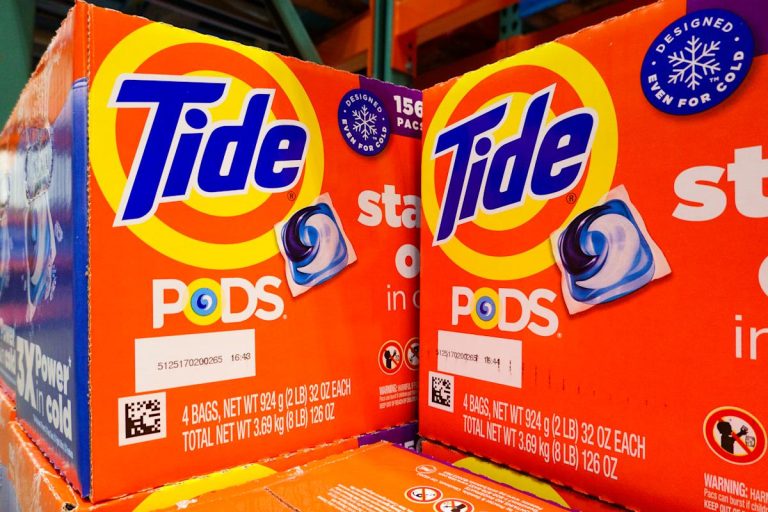Indian exporters are bracing for a major disruption in U.S. trade ties after President Donald Trump announced a 25% tariff and an unspecified penalty on Indian goods, citing India’s continued defence and energy links with Russia. The move, which Trump said would come into effect from August 1, 2025, is being seen as both a strategic warning and a protectionist pivot.
In a post on Wednesday, Trump declared, “India will therefore be paying a tariff of 25%, plus a penalty for the above, starting on August first.” He went on to criticize New Delhi’s long-standing trade practices, calling Indian tariffs “among the highest in the world” and accusing the country of enforcing “strenuous and obnoxious non-monetary trade barriers.”
The immediate economic impact of the tariffs is likely to be sharp and sector-specific. Automobiles, auto parts, steel, aluminium, smartphones, electronics, marine products, gems and jewellery, and several food categories will face the brunt of the 25% import duty. Pharmaceuticals, semiconductors, and critical minerals have been exempted from the new measures for now.
Indian automobile and component exporters such as Tata Motors and Bharat Forge could see a direct decline in U.S. demand, triggering potential cost reductions or job cuts. Smartphone and solar manufacturers with large-scale U.S. exposure—such as Apple’s India assembly partners and solar firms like Waaree—may be forced to recalibrate pricing and output. The jewellery sector is also at risk, with over $9 billion in annual exports to the U.S. suddenly facing severe headwinds.
In the electronics category, high-volume goods like smartphones are now exposed to the 25% levy, as are solar modules. Textiles and apparel may see a mixed outcome. While some lines could benefit if the U.S. simultaneously raises duties on Chinese or Vietnamese competitors, India still risks losing market share in high-margin segments due to cost pressure.
Goods like dairy, processed food, tea, and marine products now fall under a 25–27% tariff slab, reducing their competitiveness in the U.S. and prompting many exporters to consider new markets or absorb steep margin losses.
Some sectors are spared for now. Indian pharmaceutical exports, a critical pillar of its U.S. trade relationship, remain outside the new tariff regime. Similarly, categories like cashew, footwear, and select apparel lines may remain viable due to relatively better tariff treatment compared to competitors.
The broader economic implications are already visible. The Indian rupee has weakened to a four-month low amid expectations of reduced dollar inflows. Economists estimate a potential 0.2–0.5% hit to India’s GDP if these tariffs persist through FY26, with the sharpest impact likely on export-driven MSMEs and manufacturing hubs in western and southern India.
Despite the blow, analysts note that India’s tariff rates under the new structure still fare better than those imposed on China (34%). This opens the door for partial market retention in categories like chemicals, processed foods, and garments, especially if U.S. buyers continue diversifying away from China.
A key part of the announcement—the “unspecified penalty”—is a first-of-its-kind surcharge linked to India’s ongoing procurement of defence systems and energy resources from Russia. While implementation specifics are awaited, Washington appears to be using the penalty to pressure India to reconsider its strategic ties with Moscow.
The White House has made it clear that these are not just trade measures, but a negotiating tool. Officials say the tariffs may be adjusted depending on future diplomatic developments. Indian government sources believe the move is tactical and hope for a rollback or reduction during a negotiated window by the fall of 2025.
The tariff move also comes against the backdrop of a persistent trade imbalance between the two countries. In 2024, the U.S. imported approximately $87.4 billion worth of goods from India, while India’s imports from the U.S. stood at around $41.8 billion-leaving Washington with a trade deficit of $45.7 billion.
India’s top exports to the U.S. included pharmaceuticals, communications equipment such as smartphones, and apparel, all of which are now under heightened scrutiny in Trump’s tariff offensive.






